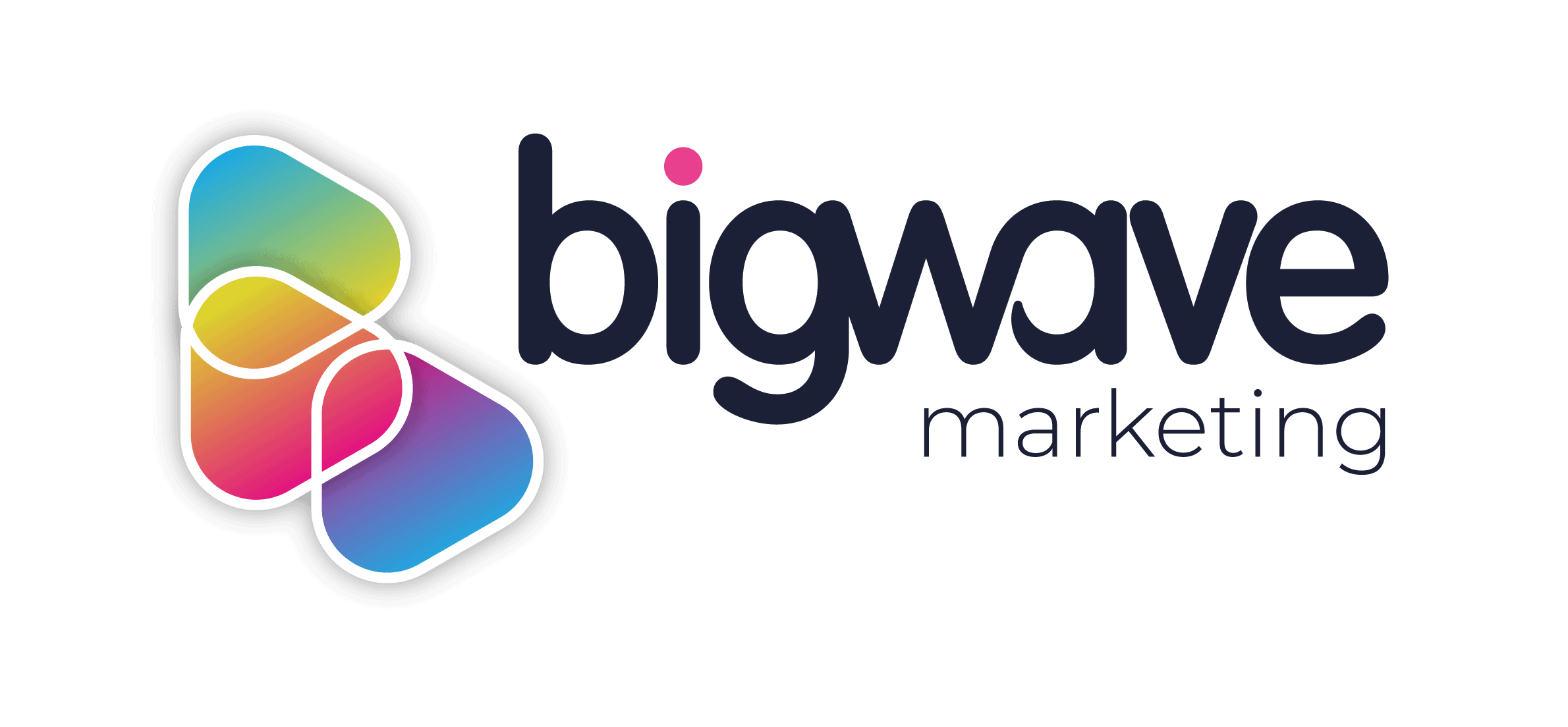Our Content Manager, Amelia Hall, is a self-professed theatre nerd, bookworm, and dog lover. When she’s not in the office, you can find her treading the boards in Exeter as part of a local light opera group. Or gravitating towards the nearest dog.
Valentine’s Day. The cards. The chocolates. The calories. So many calories.
No matter whether you love it or hate it, there are some deep-seated traditions that come wrapped up with Valentine’s Day. This has come to include brands running special Valentine’s marketing campaigns.
Valentine’s Day has become a great opportunity for commodity, with (expensive) traditions being introduced over the years.
In fact, there are roughly 114 million Valentine’s Day cards sold and exchanged every year alone.
Considering that the festival has been around since Roman times, how did Valentine’s Day become such an important time for brands and companies?
The Origins of Valentine’s Day
Ancient Rome
Some academics think that Valentine’s Day started life as the ancient Roman festival Lupercalia, which took place on February 15th and involved an element of courtship and matchmaking. It was also ancient Rome that famously executed St. Valentine on 14th February 278 A.D.
But who was Saint Valentine of Terni?
In the 3rd Century, Emperor Claudius II decided that men without wives and children made better soldiers and so outlawed marriage for young men within the empire. A priest named Valentine is thought to have continued to perform marriages for lovers in secret, which earned him a death sentence when Claudius discovered Valentine’s defiance.
According to legend, he wrote a letter or card to his jailer’s daughter on the night of his execution, because he had befriended her while in prison. This letter was signed, “From Your Valentine.”
Two centuries later, Pope Gelasius declared February 14th as St Valentine’s Day, replacing Lupercalia.
Becoming Romantic
Valentine’s Day wasn’t really associated with love until the Middle Ages. In France and England, the date was believed to be the beginning of birds’ mating season, which began the association with romance and Valentine’s Day as a day of love.
Geoffrey Chaucer’s epic 14th Century poem The Parlement of Foules is one of the first literary references to St. Valentine’s Day, or “Seynt Valentynes Day.”
17th Century
By the 1700s, Valentine’s Day has made its way to the United States. It became traditional for friends and lovers to exchange small tokens of affection or handwritten notes.
This tradition was still more common in England though, as the Industrial Revolution included the production of “fancy valentines [that] were extremely expensive to import.”
An American woman, Esther Howland, was so intrigued when she received her first English Valentine greeting in 1847 that she started considering manufacturing them in the U.S. After sourcing high-quality paper and lace from her father, she created what is credited as the earliest American Valentine’s Day greeting cards.
Today, Howland is known as “the Mother of the American Valentine,” credited with the start of a multi-million-dollar industry.
The opportunity for marketers was created.
Valentine’s Day Marketing: A Timeline
1714
King Charles II of Sweden communicates with flowers by assigning a different message to each type. Assigning love and romance to red roses, this started the exchange of red roses during the later, commercialized era of Valentine’s Day.
1822
In England, which celebrates the holiday already with the exchange of gifts and cards, Cadbury’s sells the first heart-shaped box of chocolates.
1849
In Massachusetts, Howland starts producing American Valentine’s Day cards and finds a huge demand for them.
1850
The first printed ad for Howland’s cards is run in the Worcester Spy.
1866
Sweets with messages on them (or conversation candies) are created by using vegetable dye to print words onto confections.
1870
Howland incorporates her booming card business as the New England Valentine Company.
1879
The New England Valentine Company publishes the Valentine Verse Book, which contains 131 messages that people can cut out and glue inside cards that come without a greeting, or have a greeting that the sender doesn’t like.
1894
The Hershey Chocolate Company is founded.
1902
Conversation candies become heart-shaped.
1907
The Hershey Chocolate Company introduces Hershey’s Kisses.
1910
Hallmark is founded. Florists’ Telegraph Delivery – today known as FTD – is also created, which pioneers a way to send flowers to far-away loved ones.
1913
Hallmark produces its first Valentine’s Day card.
1948
The De Beers diamond company launches its “A Diamond is Forever” Valentine’s Day campaign, tapping into love stories and the idea that jewellery can be used as Valentine’s Day gifts.
1986
Hershey’s begins packaging Kisses in red and pink foil specifically for Valentine’s Day.
2005
Valentine’s Day begins to go digital. YouTube makes its debut on 14th February 2005. Interestingly, YouTube originated as an online dating site.
2013
Online retailers are using Valentine’s Day as one of their biggest sales periods by now. Email marketing and digital marketing Valentine’s Day campaigns are everywhere, with social media presence being one of the main campaign channels.
Uber rolls out “Romance On Demand,” which allows users to send flowers on Valentine’s Day via the app. On-demand skywriting becomes available the following year.
2015
Hooters launches their (now annual) “Shred your Ex” campaign, which allows guests to earn themselves 10 extra free boneless wings after buying any 10 wings by shredding an image of their ex in-store or online.
People can get the ultimate satisfaction by watching a live feed of your photo printing directly into a paper shredder above a digital fire.
On top of this, the shredded paper went to a good cause, being donated to a local animal shelter and used as litter for kittens.
2016
Social media analytics platform NetBase releases a Valentine’s Day Sentiment Analysis, measuring how people discuss and engage with the holiday on social media. It measured nine million mentions of Valentine’s Day, and the vast majority of them mentioned a specific brand – Netflix. The top hashtag was #happyvalentinesday.
If you are looking to create a high-impact campaign, our team of dedicated marketing professionals are here to help. Hit the button below to receive a no-hassle quote or have a look at some of our favourite recent projects (Valentine’s Day related or otherwise).

